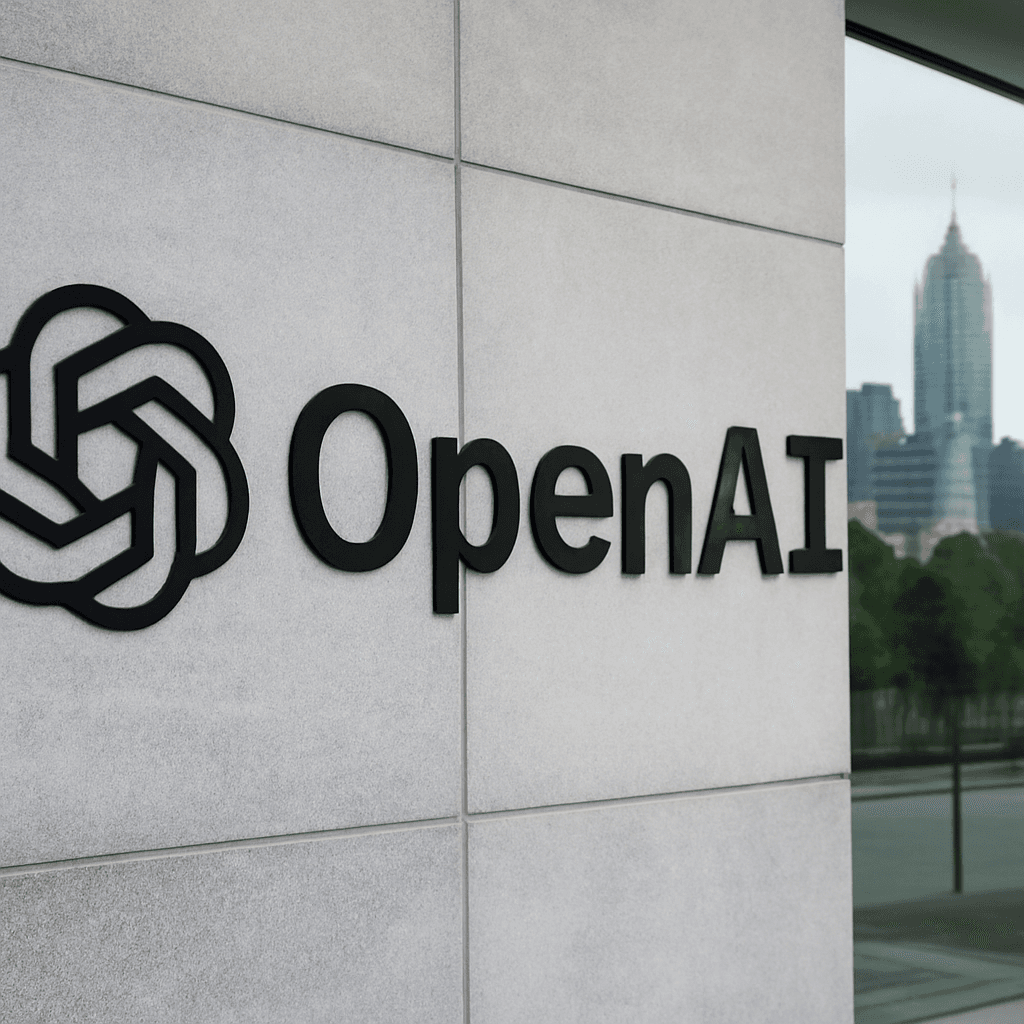Figma CEO Dylan Field Addresses AI's Impact Amid Company's IPO
As Figma prepares to make its public debut on the New York Stock Exchange under the ticker symbol "FIG", CEO and co-founder Dylan Field shared candid insights on the evolving landscape of artificial intelligence (AI) and what it means for his company’s future. In a recent interview with CNBC, Field emphasized that while AI is rapidly developing, the prospect of superintelligence posing an existential threat to Figma's core technology remains distant and uncertain.
Superintelligence: A Challenge Yet to Materialize
Superintelligence, often described as AI surpassing human cognitive abilities, has become a hot topic across the technology sector. Yet, according to Field, this looming concept doesn’t represent an immediate concern for Figma. "We're in this moment where you might, if you're singularity-pilled, go, 'Hey, superintelligence is coming and it'll do things no human can,'" Field explained. "But I find it difficult to believe we’ll achieve that level really soon. That said, it’s not off the table entirely." His nuanced view reflects a balance between the excitement and skepticism prevailing among industry leaders regarding AI’s pace and potential.
Why Figma’s Technology Is Tough to Replicate
One of Field's key arguments centers on Figma’s complex graphics engine and unique design workflows that undergird its collaborative design platform. Unlike AI models trained on vast datasets from publicly available sources, Figma’s technology encapsulates proprietary knowledge and coding intricacies that aren’t easily distilled through standard machine learning methods.
"The nuances of our system, from how our graphics engine works to the collaborative features, aren’t something you can just learn from scouring code online or public datasets," he said. "It’s not part of the pre-training data mix, and replicating that at scale is quite challenging.” This perspective sheds light on a broader conversation about AI’s limitations when confronting highly specialized, creative, and engineered technologies.
Figma’s Market Debut Amid Regulatory Hurdles
Figma's IPO marks a significant milestone for the design-focused tech firm, especially following its previous attempt at being acquired by Adobe for $20 billion, a deal ultimately blocked by regulators in December 2023 due to antitrust concerns. The company priced its shares at $33 apiece, well above the initial $25 to $28 range, valuing Figma at an impressive $19.3 billion.
The public offering positions Figma as a standalone powerhouse in the competitive design software landscape, poised to innovate while navigating a market increasingly entwined with AI advancements.
AI and the Tech Industry: A Wider Context
Prominent figures like Meta CEO Mark Zuckerberg have openly advocated for superintelligence as a revolutionary tool for empowerment rather than replacement. Meta's strategic investments, including the establishment of a superintelligence lab and attracting elite AI talent with billions in funding, highlight the race to harness advanced AI ethically and effectively.
Figma’s stance exemplifies an important narrative often overlooked: that while AI holds transformative promise, its integration with complex creative technologies requires measured expectations and recognition of intrinsic innovation that cannot be easily automated.
Looking Ahead: Critical Reflections
- Can AI truly replicate complex design platforms like Figma without losing the human creativity element?
- What regulatory frameworks will shape how companies like Figma and Meta navigate AI’s rapid growth?
- How will Figma leverage AI internally to enhance rather than replace designer collaboration and creativity?
Editor's Note
Dylan Field’s reflections come at a pivotal moment as AI continues to reshape technology industries. His cautious optimism highlights a critical tension between AI’s potential and the essence of human creativity embedded in tools like Figma. As the company embarks on its public journey, how it balances AI integration with preserving its unique technological identity will be a key story to watch — not just for investors but anyone invested in the future of design and innovation.



















